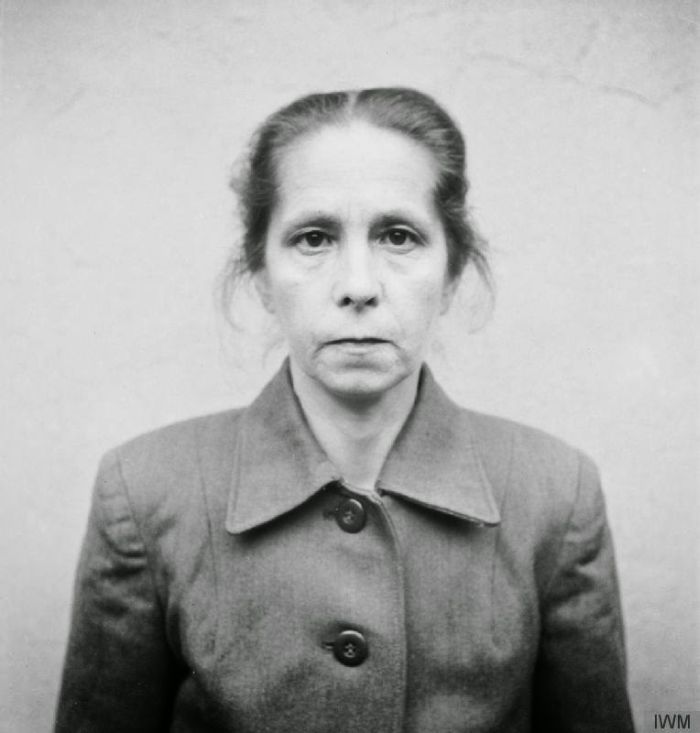On 29 September 1941, a massacre was carried out by German forces during their campaign against the Soviet Union.
Approximately 33,771 Jews were killed, including these girls: Mania Halef and Larisa “Larochka” Ratmanski.

Approximately 33,771 Jews were killed, including these girls: Mania Halef and Larisa “Larochka” Ratmanski.


The Babi Yar massacre was the largest mass killing under the auspices of the Nazi regime and its collaborators during its campaign against the Soviet Union, and has been called "the largest single massacre in the history of the Holocaust" to that particular date. 

On 26 September 1941 the following order was posted:
"All Yids of the city of Kiev and its vicinity must appear on Monday, September 29, by 8 o'clock in the morning at the corner of Mel'nikova and Dokterivskaya streets (near the Viis'kove cemetery). +
"All Yids of the city of Kiev and its vicinity must appear on Monday, September 29, by 8 o'clock in the morning at the corner of Mel'nikova and Dokterivskaya streets (near the Viis'kove cemetery). +

+ Bring documents, money and valuables, and also warm clothing, linen, etc. Any Yids who do not follow this order and are found elsewhere will be shot. Any civilians who enter the dwellings left by Yids and appropriate the things in them will be shot." 

A German soldier reviews the vast quantity of Jewish belongings confiscated from Jews prior to them being shot at Babi Yar (not colorized) 

• • •
Missing some Tweet in this thread? You can try to
force a refresh
















